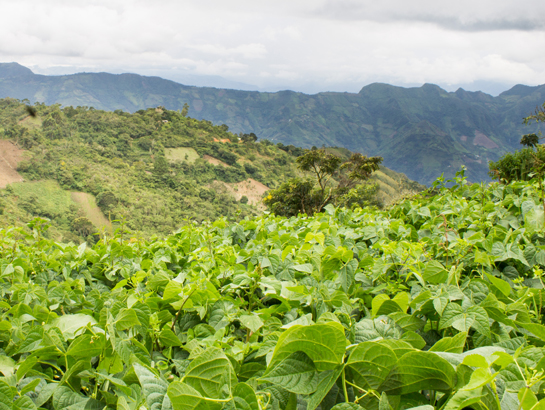In a new paper from the Council for Agricultural Science and Technology (CAST), leading experts in staple crop biofortification lay out its scientific approach, economic rationale, and nutrition impacts, while outlining strategies for catalyzing the scale up of biofortification and the potential for leveraging transgenic approaches.
The paper, Food Biofortification—Reaping the Benefits of Science to Overcome Hidden Hunger, is part of a series on The Need for Agricultural Innovation to Sustainably Feed the World by 2050.
Download the Paper
The authors include several HarvestPlus staff members as well as Howarth “Howdy” Bouis, HarvestPlus founding director and emeritus fellow at the International Food Policy Research Institute, who received the World Food Prize in 2016 for his seminal efforts to develop and advance the concept of biofortification.
Biofortification is the process of increasing the density of minerals and vitamins in a food crop through conventional plant breeding, transgenic techniques, or agronomic practices. Biofortified staple food crops, when consumed regularly as a one-for-one substitute for non-biofortified staples, generate measurable improvements in human nutrition and health.
Varieties of micronutrient-enriched staple crops have so far been released in 40 countries and adopted by 15 million smallholder farming households. Biofortification is one of the most cost-effective and sustainable interventions available in the campaign to address vitamin and mineral deficiencies.
A cost-effective nutrition strategy
Regarding the cost-effectiveness of biofortification, the authors reviewed relevant research and conclude that “biofortification can be a highly cost-effective micronutrient intervention, which often costs only a few dollars per DALY [disability-adjusted life year] saved, far below the World Bank’s (2020) threshold of $270 [per DALY] for cost-effectiveness.”
They explain that, despite high upfront investment in crop development, biofortification leverages economies of scale. “Once biofortified varieties have been developed, some small additional costs accrue for maintenance and adaptive breeding, but—apart from this—the varieties can spread across time and space due to the self-replicating nature of seeds, thereby multiplying the potential benefits,” the authors note. “That is, the positive nutrition and health effects increase at a much higher rate than the costs.”
Lower income households will typically spend 60 to 70 percent of total income on food. Research by Bouis, the paper’s task force chair, found that individuals in poorer and richer households eat about the same amount of total food staples. Dietary quality improves as increasing incomes allow purchase of more mineral and vitamin dense vegetables, fruits, pulses, and animal products, but which are more expensive sources of calories.
Biofortified staple food crops are high-yielding, which means they are attractive for farmer adoption. Substituting biofortified staple foods for non-biofortified one-for-one, lower income households can also add extra minerals and vitamins to their diets at no extra cost.
